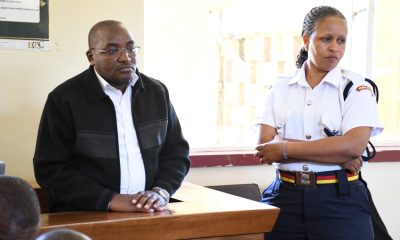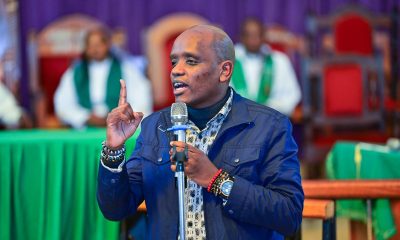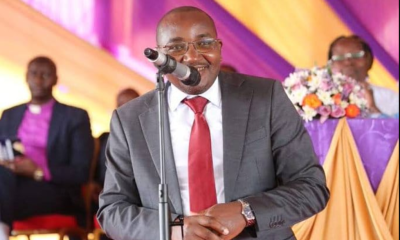Investigations
Koimburi Abduction Mystery Deepens as Probe Links Case to Jimi Wanjigi Farm
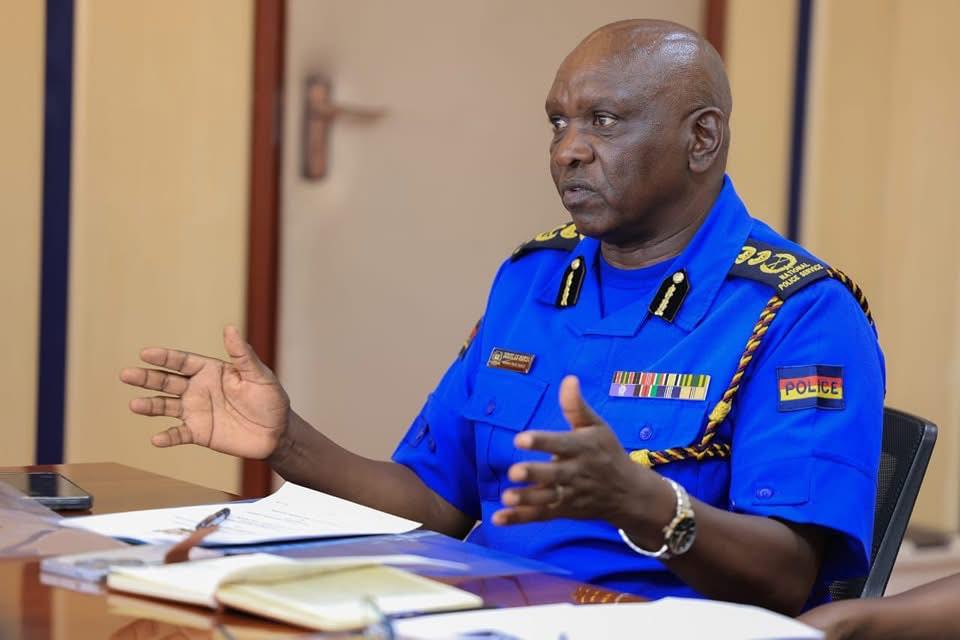
The alleged abduction of Juja MP George Koimburi has taken a new turn as police investigations point to inconsistencies in the narrative, casting doubt on the authenticity of the abduction and raising serious questions about the involvement of opposition sympathizers.
At the center of the controversy is a farm owned by businessman and political figure Jimi Wanjigi, who has long aligned himself with the opposition.
As more facts emerge, it appears that the abduction tale might be part of a broader political scheme meant to discredit the government and sway public sympathy.
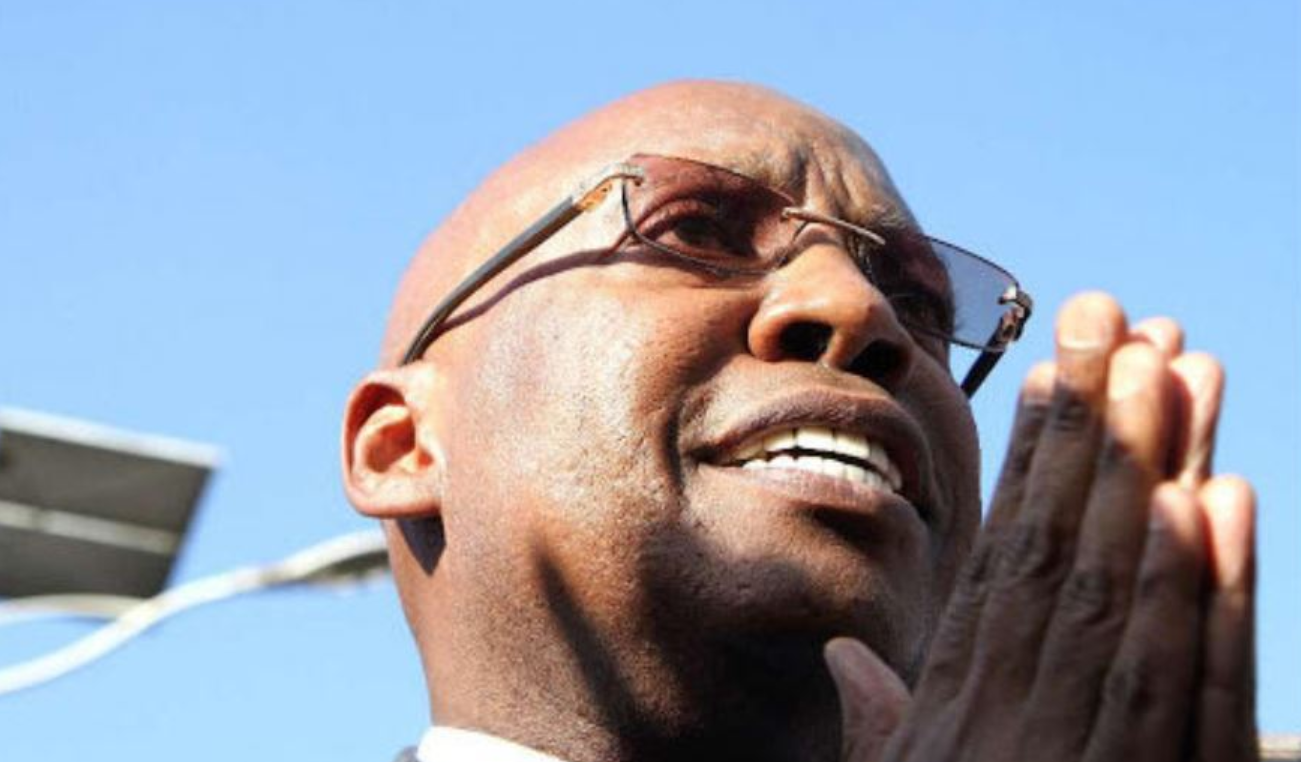
The involvement of Jimi Wanjigi’s farm in Koimburi’s abduction, although debunked, points to a larger political playbook where truth is bent to serve propaganda. [Photo: Courtesy]
Staged? Investigators Uncover Contradictions in Koimburi Abduction Claims
Police have now publicly cleared Ruiru Coffee Farm, owned by opposition ally Jimi Wanjigi, as the scene of the alleged dumping of MP Koimburi. According to Inspector General of Police Douglas Kanja, officers who visited the farm found critical inconsistencies between the scene in the viral video and the actual physical layout of Wanjigi’s property.
“The vegetation patterns and road design at the alleged location did not match those in the circulating video,” IG Kanja stated in a press briefing. “This discrepancy indicates the video was not filmed where it was claimed to be.”
Officers acted swiftly, responding to reports and conducting a thorough scene analysis. Despite reports that Koimburi had been found by a bystander near Wanjigi’s farm, police say no evidence supports this claim. The farm’s caretaker also denied witnessing anything unusual on the date in question.
Adding to the mystery, investigations revealed that Koimburi was actually driven to the hospital in his own vehicle. The woman who transported him was initially presented as a Good Samaritan, but now appears to have been part of a coordinated plan. Her account raised more questions than answers.
Hospital records have further complicated the case. The facility where Koimburi was taken has failed to provide clear documentation of his condition on arrival, especially regarding whether he had suffered physical harm or exposure to any chemical substances.
IG Kanja confirmed that forensic teams are now working to analyze digital and physical evidence. He emphasized that the police would pursue all leads, regardless of political implications.
Opposition Accused of Weaponizing Abduction Tales
This is not the first time the opposition has used stories of enforced disappearances and abductions to gain public sympathy. The Koimburi abduction claim appears to follow a familiar script—a dramatic disappearance, an emotional reappearance, and vague claims of torture or drugging.
Jimi Wanjigi’s link to this saga is not merely circumstantial. As a known sympathizer of the opposition, Wanjigi has often used his wealth and platforms to amplify anti-government narratives. His farm being falsely linked to Koimburi’s alleged dumping raises questions about how these claims were crafted and circulated.
Some political observers believe the incident was staged to create a media frenzy and depict government institutions as oppressive. The opposition has been increasingly accused of manufacturing drama to draw international attention and incite public unrest.
Deputy President Rigathi Gachagua’s quick visit to Koimburi at the hospital, followed by statements alleging chemical torture, only heightened suspicions. No medical evidence has been produced to support these claims. Instead, they serve to paint the government as brutal, without accountability.
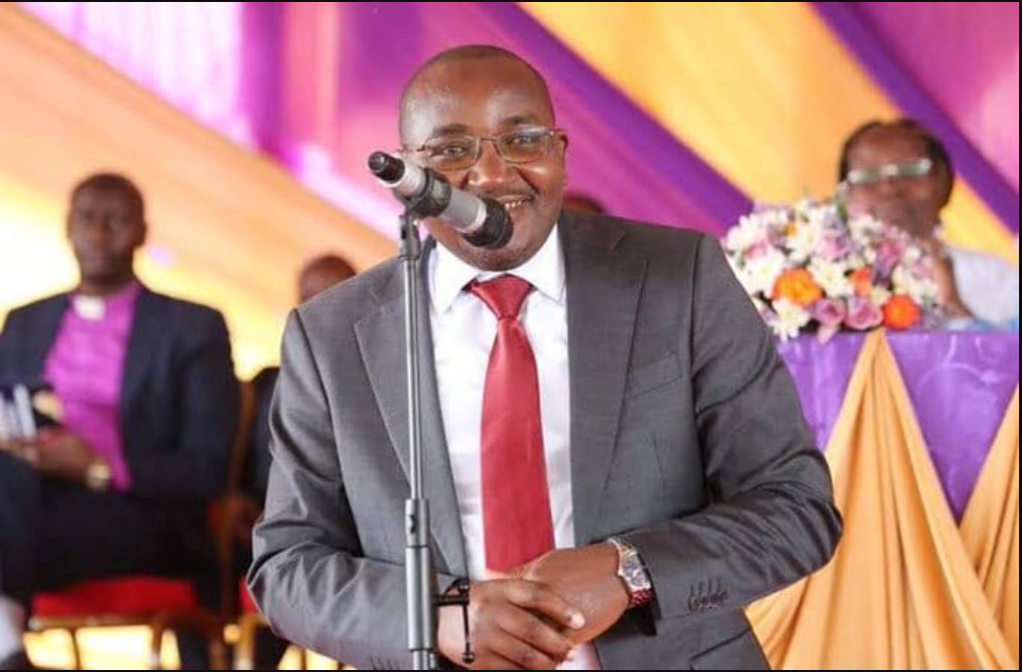
The Koimburi abduction story is beginning to unravel under the weight of facts and forensic analysis. As it stands, the evidence suggests a well-coordinated attempt to manipulate public perception, with the strategic use of locations and personalities. [Photo: Courtesy]
Jimi Wanjigi’s Role Raises More Questions Than Answers
Wanjigi, a controversial businessman with a history of run-ins with state agencies, has become a symbol of resistance for the opposition. But his connection to the Koimburi abduction story raises serious red flags.
Why was his farm named as the alleged dumping site when all forensic evidence shows otherwise? Was his property deliberately mentioned to give the story credibility? Or was the farm’s name inserted to smear Wanjigi by association?
While the police have cleared the farm, the political damage had already been done. The name “Wanjigi” trending alongside “Koimburi abduction” was no coincidence. It fits a pattern where political operatives use staged events to build narratives against perceived enemies or to turn attention away from internal failures.
Opposition leaders are yet to provide solid proof to back their claims. Instead, they continue to recycle unverified statements while discrediting police investigations. IG Kanja’s commitment to professionalism in the probe is a step in the right direction, but the campaign of misinformation has already taken root in the public mind.
Conclusion
The Koimburi abduction story is beginning to unravel under the weight of facts and forensic analysis. As it stands, the evidence suggests a well-coordinated attempt to manipulate public perception, with the strategic use of locations and personalities.
The involvement of Jimi Wanjigi’s farm, although debunked, points to a larger political playbook where truth is bent to serve propaganda.
With police confirming that the incident did not occur as claimed and inconsistencies piling up, the spotlight now shifts to those who orchestrated the drama. The nation waits for accountability—not just for Koimburi’s sake, but to safeguard the integrity of political discourse in Kenya.
Kenya Insights allows guest blogging, if you want to be published on Kenya’s most authoritative and accurate blog, have an expose, news TIPS, story angles, human interest stories, drop us an email on [email protected] or via Telegram
-

 News6 days ago
News6 days agoKenyan Driver Hospitalized After Dubai Assault for Rejecting Gay Advances, Passport Seized as Authorities Remain Silent
-
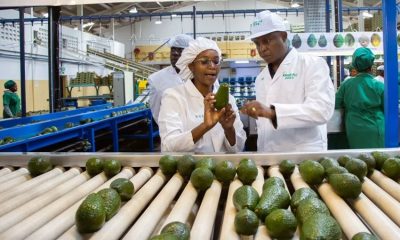
 Business2 weeks ago
Business2 weeks agoKakuzi Investors Face Massive Loss as Land Commission Drops Bombshell Order to Surrender Quarter of Productive Estate
-
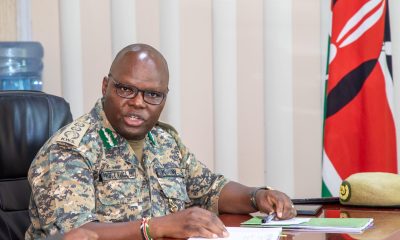
 Investigations2 weeks ago
Investigations2 weeks agoINSIDER LEAK REVEALS ROT AT KWS TOP EXECUTIVES
-

 Business6 days ago
Business6 days agoConstruction Of Stalled Yaya Center Block Resumes After More Than 3 Decades and The Concrete Story Behind It
-
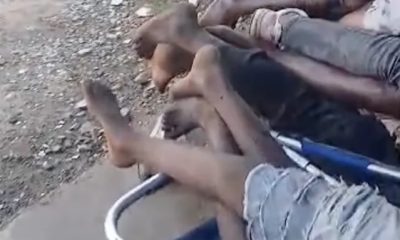
 Investigations1 week ago
Investigations1 week agoCNN Reveals Massive Killings, Secret Graves In Tanzania and Coverup By the Govt
-

 Business2 weeks ago
Business2 weeks agoBANKS BETRAYAL: How Equity Bank Allegedly Helped Thieves Loot Sh10 Million From Family’s Savings in Lightning Fast Court Scam
-
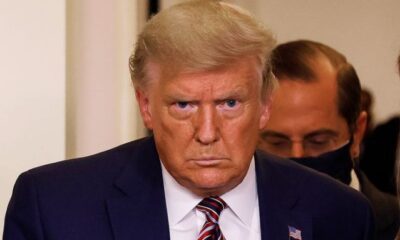
 Investigations1 week ago
Investigations1 week agoHow Somali Money From Minnesota Fraud Ended In Funding Nairobi Real Estate Boom, Al Shabaab Attracting Trump’s Wrath
-
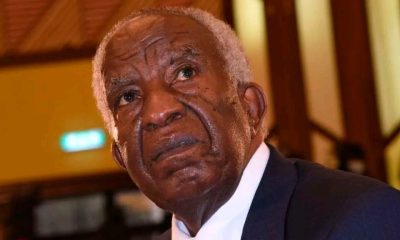
 News2 weeks ago
News2 weeks agoEXPOSED: How Tycoon Munga, State Officials, Chinese Firm Stalled A Sh3.9 Trillion Coal Treasure In Kitui

